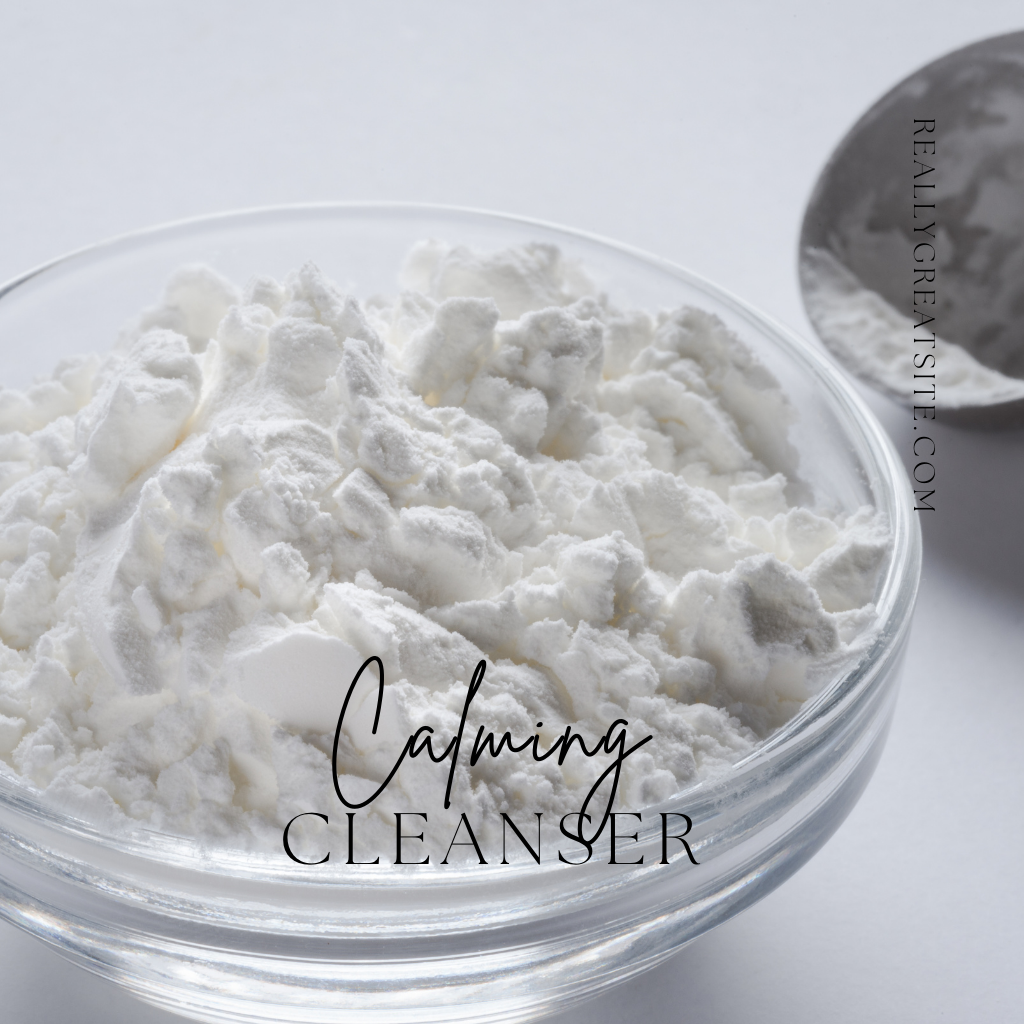
Talc vs Cornstarch: Understanding the Differences
Share
In the world of personal care products, the debate of talc vs cornstarch is one that has garnered significant attention. Consumers often find themselves weighing the benefits and drawbacks of these two powdery substances. Whether you're dusting your skin with a body powder or considering the ingredients in your cosmetics, understanding the differences between talc and cornstarch can be essential for making informed choices.
What is Talc?
Talc is a mineral composed primarily of magnesium, silicon, and oxygen. It's known for its ability to absorb moisture, which is why it has been widely used in a variety of products, including baby powders, body powders, and cosmetics. Talc's fine texture allows it to provide a smooth, frictionless layer on the skin, which can prevent rashes and irritation.
However, talc has come under scrutiny due to concerns about its safety. Some studies suggest that when talc is mined, it can be contaminated with asbestos, a known carcinogen. This has led to a reevaluation of talc's use in personal care products and a push for more stringent regulations and testing.
Cornstarch: A Natural Alternative
Cornstarch, on the other hand, is derived from the endosperm of the corn kernel. It's a carbohydrate that is processed into a fine, white powder. In the context of personal care, cornstarch powder is often touted as a natural alternative to talc.
Cornstarch is absorbent and can help to keep the skin dry, making it a suitable ingredient for body powders. It's also often used as a thickening agent in cosmetics. One of the main advantages of cornstarch over talc is its natural origin, which appeals to those looking for plant-based or "clean" beauty options.
Allergic Reactions and Sensitivity
When choosing between talc and cornstarch, it's important to consider the potential for allergic reactions or skin sensitivity. While cornstarch is generally considered safe for topical use, some individuals may experience irritation, especially if they have allergies to corn products.
Environmental and Ethical Concerns
The environmental impact of sourcing ingredients is another factor to consider. The mining of talc can have ecological consequences, and as mentioned earlier, the risk of asbestos contamination raises ethical questions about its use. Cornstarch, being a renewable resource, may be viewed as a more sustainable choice.
Cornstarch Powder vs Talc in the Market
With growing consumer awareness and demand for safer, more sustainable products, many companies have introduced cornstarch-based powders as alternatives to talc. These products often highlight their "talc-free" formulas and emphasize the use of natural ingredients.
Conclusion
In the talc vs cornstarch debate, the choice often boils down to personal preference and values. Whether it's the smooth texture of talc or the natural appeal of cornstarch, consumers should weigh the pros and cons, including health considerations and environmental impact. As with any personal care product, it's essential to do your research and select products that align with your needs and standards.

Remember to always patch-test new products and consult with a healthcare professional if you have concerns about skin reactions or the ingredients in your personal care items.
